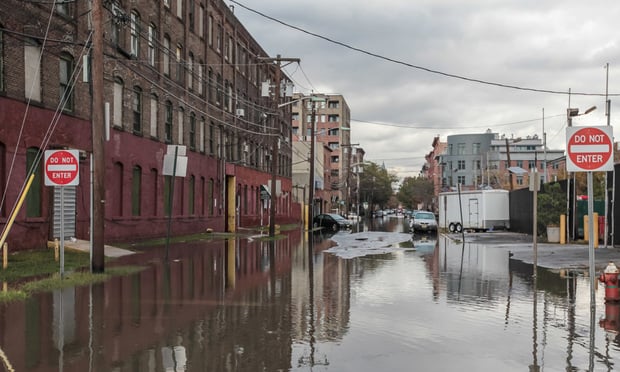 Flooding is the most costly type of natural disaster in America, and climate change is accelerating its impact. (Sergey/Adobe Stock)
Flooding is the most costly type of natural disaster in America, and climate change is accelerating its impact. (Sergey/Adobe Stock)
On Oct. 1, 2021, the Federal Emergency Management Agency's new pricing structure for the National Flood Insurance Program (NFIP) officially kicked off.
Recommended For You
Want to continue reading?
Become a Free PropertyCasualty360 Digital Reader
Your access to unlimited PropertyCasualty360 content isn’t changing.
Once you are an ALM digital member, you’ll receive:
- Breaking insurance news and analysis, on-site and via our newsletters and custom alerts
- Weekly Insurance Speak podcast featuring exclusive interviews with industry leaders
- Educational webcasts, white papers, and ebooks from industry thought leaders
- Critical converage of the employee benefits and financial advisory markets on our other ALM sites, BenefitsPRO and ThinkAdvisor
Already have an account? Sign In Now
© Touchpoint Markets, All Rights Reserved. Request academic re-use from www.copyright.com. All other uses, submit a request to [email protected]. For more inforrmation visit Asset & Logo Licensing.







